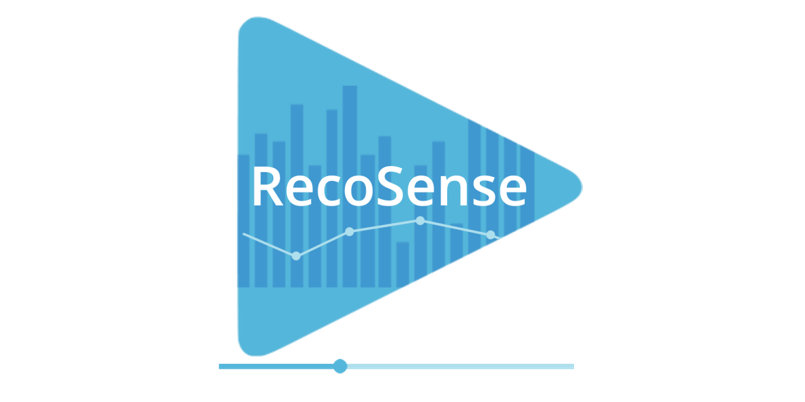A couple of years ago, a single hit show could carry an entire streaming platform on its back. However, as the market begins to saturate, OTT or streaming service providers are teaming up with content producers to earn a precious resource – their audience’s interests. As a result, they are tapping into the potential of data, more specifically consumer data, to ensure that every bit of content added to their portfolio fits into the larger picture of profitability. Here, we will be reviewing the role of Artificial Intelligence (AI) in driving ROI during content acquisition strategy.
How can Artificial Intelligence Enhance Content Acquisition Strategy?
AI automation can enhance BI and analytics for M&E streaming platforms in the following ways:
1. Incorporating Data in Content Acquisition
When entertainment followed a linear schedule, the content acquisition strategy was purely intuitive. Even if there was some amount of data involved, it was highly niche and case-specific. Such an approach is also a reflection of the fact that entertainment was a one-way street – a broadcast rather than a dialog between audiences and networks.

However, disruptors like Netflix changed the entire playfield by freeing up the market with on-demand services. Now, network executives no longer enjoyed autonomy over what one gets to view, while audience opinions began to be heard.
By establishing channels to collect viewer data, streaming platforms could make informed data-driven decisions on what their audiences like or dislike. Accordingly, these inputs began shaping the content acquisition strategy. The additional layer of AI automation can make the heaps of structured and unstructured data more meaningful and boost ROI.
2. Monitoring Performance of Content
A successful and holistic content strategy must measure the performance of existing content – on and off the platform. Such a feat is possible through AI automation-led data analytics that comprehensively weighs the pros and cons of the content hosted (or being considered) by the platform. It also involves real-time insights derived from market analysis to learn about content and content producers that are trending or popular and how they fare against your existing collection.
For instance, Amazon Prime took The Middle off the air in India as it failed to generate enough views to register a profit. However, as discussed, the role of AI is not limited to getting rid of dead weight.

It can also push for data-driven decisions based on real-time insights to navigate the content acquisition strategy dynamically.
For example, streaming platforms that acquired the rights for shows like The Golden Girls and F.R.I.E.N.D.S during the pandemic could successfully capitalize on the audience’s need for comfort and nostalgia in such troubling times.
Similarly, AI could help decipher audience sentiments for when a show gets discontinued or canceled. Consider shows like Sense8, The Mindy Project, or Twin Peaks that had to be revived in response to the backlash from viewers as a classic illustration of this effect.
3. Predictive Modeling for Content Strategy
Businesses can also utilize AI automation to conduct predictive analysis for future content acquisition strategies.
For this effect, networks can use BI and analytics to identify the popular shows performing excellently over their streaming platforms. They can then map it against similar shows using a multivariate predictive analysis, thereby shortlisting a prospective list of content they can acquire in due time.
Furthermore, one can also factor in the historical performance of the show when it was on the air and anticipate the viewership that it will garner post-acquisition. This exercise will set the benchmark for measuring content performance.
4. Enhancing Value of Existing Content
Whether it is repurposing content or partnering with content producers, streaming platforms must focus on one thing and one thing alone – to offer value.
AI can enhance the strategic and monetary value of content by making the platform more customer-friendly.

For example, it can improve the visibility of content by enhancing the search and discover features. Say a user is looking for a feel-good, action movie of British spies, then your search engines must lead them to Kingsman: The Secret Service. And even if you do not have the rights to the movie, you can recommend related content based on several factors.
Similarly, you can curate a catalog of recommendations that are more suited for the viewer’s tastes as per their interests or content consumption history. Such measures can add value to your existing content and reduce audience churn to maximize ROI.
Can RecoSense help Boost ROI through AI-Powered Content Acquisition Strategy?
Measuring the success of a content piece can be easy – one can simply analyze the number and volumes of views, user habits, and audience demographics. However, what is crucial and complex is understanding the rationale behind the “why” a certain media strikes a chord with the viewers.
Fortunately, RecoSense harnesses the power of AI-driven data to answer such a compelling question.

It offers you an in-depth profile of your customers and their preferences. At the same time, it demystifies different content types and prioritizes them as per requirements. Combining these data sets can lend direction to the content acquisition strategy of streaming platforms and maximize ROI.
In essence, it is the application of all the channels of AI deployment and subsequent benefits that we have discussed above.

Leave a Reply